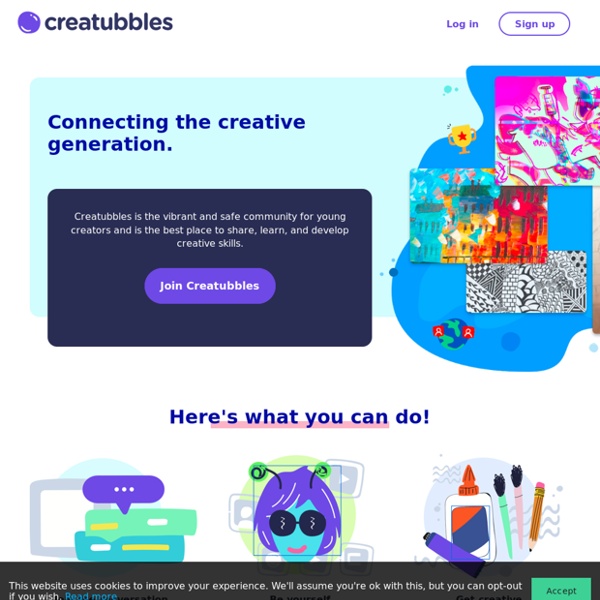



Edu - Convierte tus clases en un juego La presente página Web ha sido diseñada para dar a conocer los servicios ofertados por Cerebriti Technologies S.L., con domicilio en c/ Alcalde Miguel Castaño 96, 24005 León. Los derechos de propiedad intelectual de la página www.cerebriti.com, su código fuente, diseño, estructuras de navegación y los distintos elementos en ella contenidos son titularidad de Cerebriti, a quien corresponde el ejercicio exclusivo de los derechos de explotación de los mismos en cualquier forma y, en especial, los derechos de reproducción, distribución, comunicación pública y transformación, de acuerdo con la legislación española y de la unión europea aplicable. Tanto el acceso a esta página Web, como el uso que pueda hacerse de la información y contenidos incluidos en la misma, será de la exclusiva responsabilidad de quien lo realice. Se considerará terminantemente prohibido el uso de la presente página Web con fines ilegales o no autorizados. La configuración de una cuenta y un perfil de usuario. 0. 1. 2.
LearningApps - interactive and multimedia learning blocks Mentor Mob Free And Social Learning Flipgrid - Pricing 20 herramientas digitales para clase La gamificación está cada vez más presente en el aula pero, ¿cómo se puede implementar en clase? Con estas 20 herramientas de gamificación los alumnos podrán aprender de una forma sencilla y lúdica. Busca, crea y comparte tus propios juegos de ‘flashcards’: Brainscape es una de las plataformas con mayor cantidad y variedad de tarjetas digitales para la enseñanza que existen, y en ella encontramos todo tipo de materiales sobre los temas más variopintos. Tan sencillo como descargar la app (disponible en iOS y en Android) y bucear entre los temas disponibles, muchos de ellos en español. La web tiene además una sección para que los profesores saquen el máximo partido. 2knowre; gamificación en el aula Imagina un videojuego que tiene como objetivo la enseñanza de las matemáticas, pero que siendo un juego lo principal que obtenemos de él es la diversión. Su lanzamiento ha abierto la puerta a innumerables posibilidades para aplicarlo en el ámbito educativo. 14The World Peace Game 17Monster Kit
Biteslide Research, create, and present school projects online Brainscape A Guide to Producing Student Digital Storytellers Everyone tells stories: journalists, politicians, scientists and entrepreneurs. Conveying information in a coherent and compelling way is vital to success in the real world, and it’s our job as educators to prepare our students to share their ideas in effective ways. We used to do this with papers, posters and dioramas, but digital tools at our disposal now allow students to create authentic stories that allow for audience interaction and a wider impact on the world. Here are some tips for transforming storytelling assignments in your classroom, no matter what subject or grade level you teach. What is Digital Storytelling? Digital storytelling uses video, audio, social media, blogging and other tools to convey ideas and information effectively. Requires critical thinking: Creating an interdisciplinary product from scratch requires high level thinking skills like evaluating evidence, editing and curation, and production timelines. How to Educate Digital Storytellers 1. 2. 3. 4. 5. 1. 2. 3.
Artefactos digitales. PowToon, free business presentation software animated video maker and PowerPoint alternative The Development of the Descriptive Video Service Collection: Video and Captioning B.J. Cronin; S.R. King ABSTRACT: Television is an important means of obtaining information and sharing in the culture of this society. Because television is both a visual and an aural medium, blind and deaf people were, for many years, shut out of a fully satisfying experience with television. In January 1990, WGBH, the public television station in Boston, launched Descriptive Video Servicesm, (DVS®) a free, national broadcast service that makes television programs accessible to blind and visually impaired persons. The process of adding description to a television program involves writing the descriptions for insertion during pauses in the dialogue and then narrating the description "to picture" in a production studio. History of DVS® The idea of audio description for visually impaired people is not new. In 1985, with the advent of stereo television broadcasting, WGBH began exploring possible applications of this new technology. The Local Test Barry J.